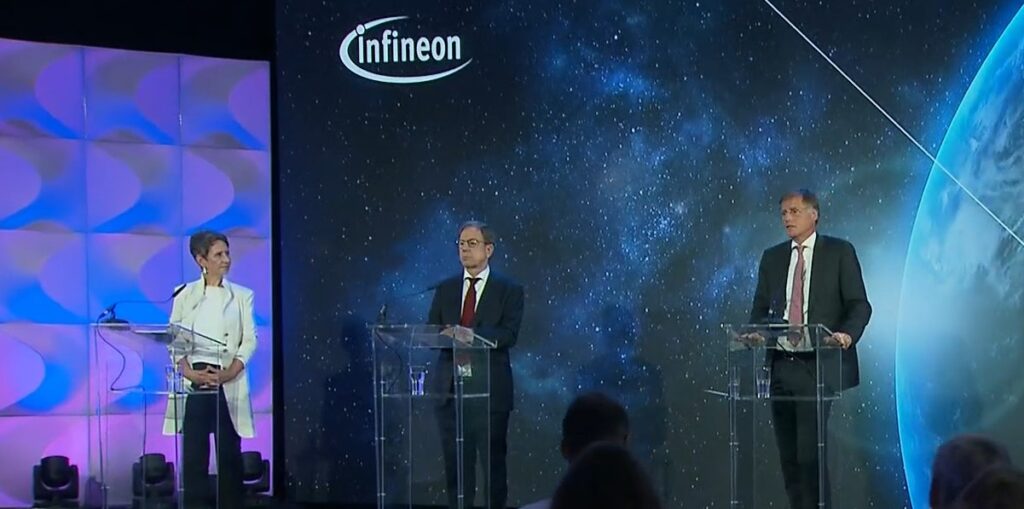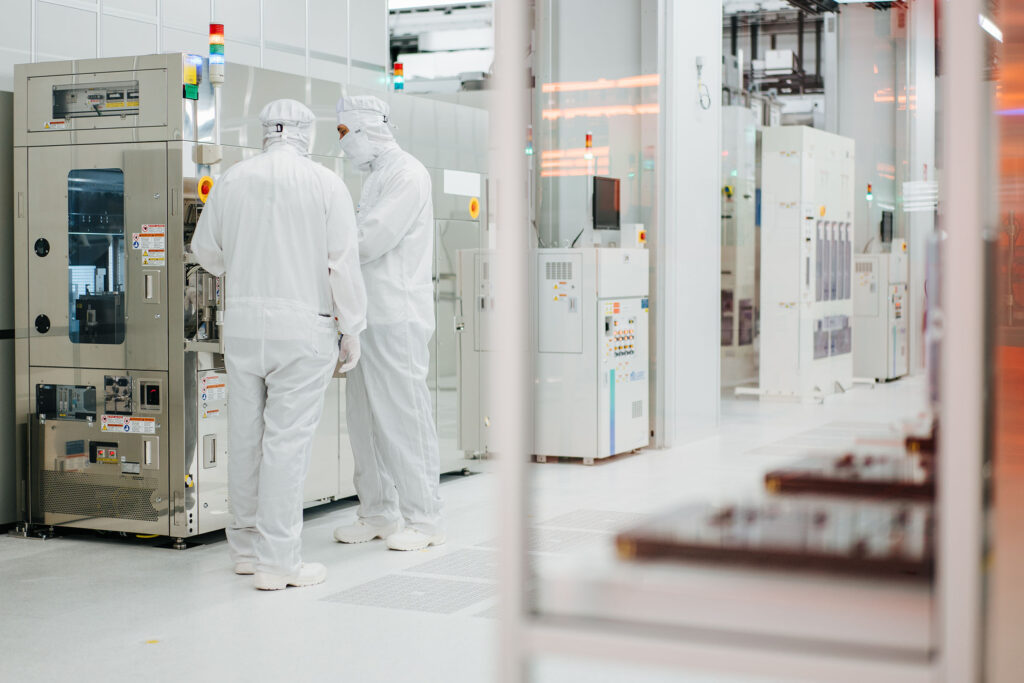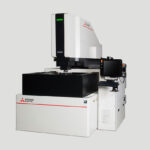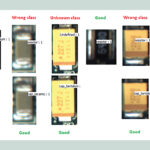ASIA ELECTRONICS INDUSTRYYOUR WINDOW TO SMART MANUFACTURING
Infineon's New Facility Heightens Chip Capacity Boost
Infineon Technologies AG opened Friday its high-tech chip factory at its Villach site in Austria for power electronics on 300mm thin wafers. The €1.6 billion facility is one of the largest projects of such kind in Europe in a bid to strengthen global supply of power electronics.
In a livestream event, Infineon Chief Executive Officer Reinhard Ploss led the opening of the factory with a press conference along with Infineon Austria Chief Executive Officer Sabine Herlitschka and Jochen Hanebeck, Member of the Infineon Management Board and Chief Operating Officer.
The Villach site will be Infineon’s second facility churning 300mm wafers, which are thinner than a human hair. The German chip conglomerate opened the world’s first high-volume factory for power semiconductors on 300mm wafers in Dresden, Germany in 2011.
Provides Supply Security
Ploss described the opening of the factory first announced in 2018 as a milestone for the company amid the protracted crises on semiconductor supply chain. Microelectronics is a critical component for technological developments and digitalization and the new factory will provide supply security in Europe and in the global market.
“The timing to create new capacity in Europe could not be better, given the growing global demand for power semiconductors. The last few months have clearly shown how essential microelectronics are in virtually every area of life. Given the accelerated pace of digitalization and electrification, we expect demand for power semiconductors to continue to grow in the coming years. The additional capacities will help us serve our customers worldwide even better, including long term.”

Austrian Chancellor Sebastian Kurz later joined Infineon executives in the official opening ceremony along with other Austrian government officials. E.U. Commissioner Thierry Breton, meanwhile gave a video message.
Serves Critical Industries
The commissioning of the Villach factory happened in August, three months ahead of schedule, after three years of construction. The first wafers will leave the Villach plant this week.
In the first stage of expansion, the chips will supply demand from the automotive industry, data centers, and renewable energy generation of solar and wind power. On the group level, the new factory will give Infineon additional sales potential of around €2 billion per year.
As a result, the new factory will enable Infineon to serve the growing market for power semiconductors in electric cars, data centers as well as solar and wind energy. The company said the annual capacity planned for industrial semiconductors is sufficient to equip solar systems producing a total of around 1,500TWh of electricity, which is three times the annual power consumption in Germany.

Chancellor Kurz underscored the new chip factory’s significance to Austria, which will create an additional 400 jobs and will give them best position in global competition.
Aids in Energy Efficiency
Infineon’s Villach site will play crucial role in realizing higher energy as the energy-saving chips produced by the facility will power electricity intelligently and minimize carbon footprint.
The chips will reduce energy consumption in household appliances, LED lighting, and mobile devices. For example, the high-tech semiconductors can help reduce 40 percent energy consumption of refrigerators or lighting by 25 percent.
Infineon said the new production facility can help reduce more than 13 million tons of carbon emissions, which is equivalent to the CO2 emissions of 20 million people living in Europe.
Aside from producing energy-saving chips, the Villach site also expects to improve its energy balance sheet as 80 percent of the site’s heating requirements will come from recycled waste heat of the cooling systems. This will translate to avoiding 20,000 tons of CO2 emissions each year and use of exhaust air purification systems will cut direct emissions to near zero.

Another milestone of the facility is its ability to produce and recycle green hydrogen from renewable energy sources. This will eliminate CO2 emissions during the original production and transport
Taps AI in Predictive Maintenance
Standing on a 60,000sq.m gross floor space, production at the new chip factory will gradually ramp up over the next four to five years. Infineon said the facility is one of the most modern facilities and relies on full automation and digitization.
The factory will employ artificial intelligence solutions particularly in predictive maintenance. Networked plants will know at an early stage when they need maintenance thanks to a multitude of data and simulations.
With the new facility, Infineon now has two large power semiconductor manufacturing sites churning 300mm thin wafers, with the other one in Dresden, Germany.
Hanebeck said both sites are based on the same standardized production and digitization concepts. This will allow them to control the manufacturing operations at the two sites as if they are one factory.
“With the virtual megafactory, Infineon is setting a new benchmark in 300mm manufacturing. This makes further increases in resource and energy efficiency possible, as well as optimization of the environmental footprint,” said Haneback.




